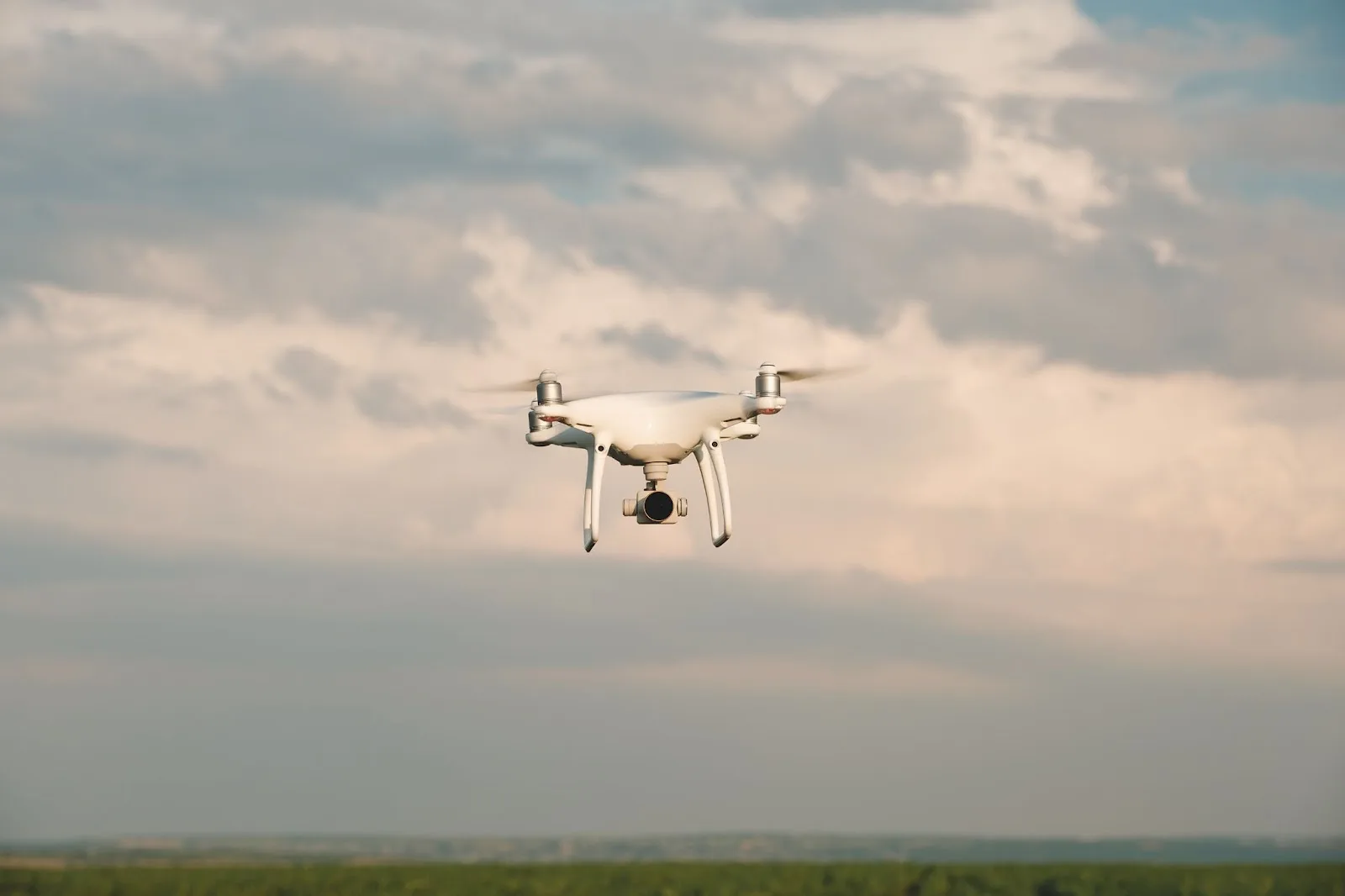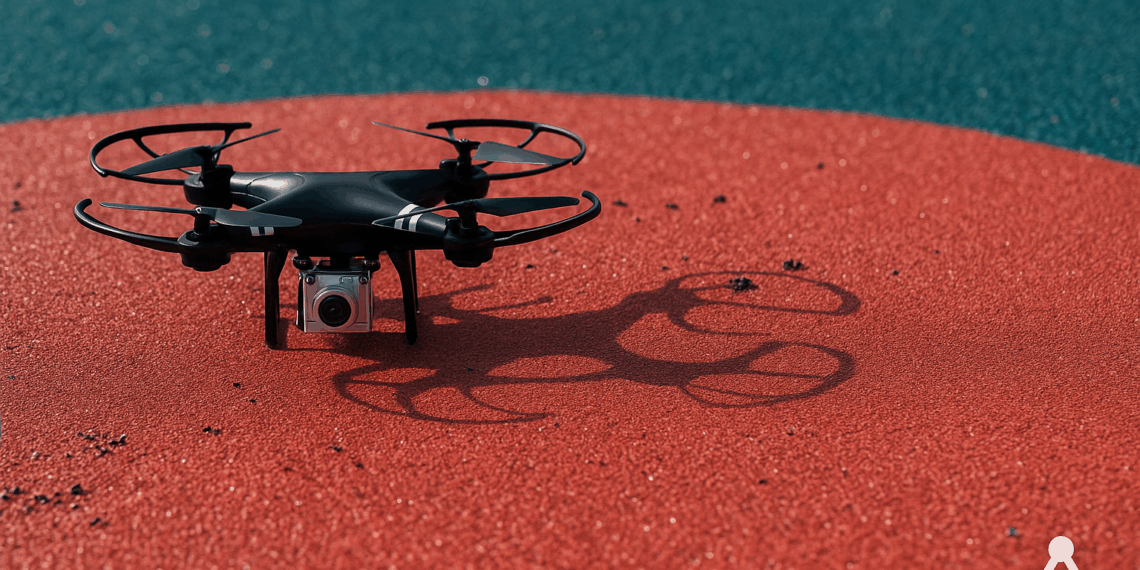It used to be that drones were something you saw in tech expos or military documentaries. But these days, they’re just as likely to be found hovering above a football pitch or following cyclists through mountain passes. The sports world has picked up on their potential fast, using them not just to film the action, but to rethink how the action is planned, reviewed, and experienced.
In Mongolia, a country where traditional sports are held with deep pride, the shift is already noticeable. Local teams and event organizers are beginning to explore how these flying cameras can support training, enhance live coverage, and collect insights that were previously out of reach.
Table of Contents
The Coach’s New Eye in the Sky
When teams train, coaches need more than just a front-row seat. They need context — angles, spacing, timing. That’s where drones come in, giving staff the kind of high-angle perspective that even data analysts tracking NBA odds now consider when evaluating a team’s adaptability.
By capturing the full layout of the field from above, drones allow coaches to study tactics and movements in a much clearer way than a sideline camera ever could.
Drones are now part of regular practice sessions for major clubs. In American football, the Dallas Cowboys use them to examine formations. In soccer, Premier League clubs such as Manchester City fly drones to observe pressing systems and player spacing. Even in cricket, they’re used to evaluate field positioning and inspect pitches.
A New Era for Sports Broadcasting
If you’ve watched a big cycling race lately, chances are you’ve seen drone footage without even realizing it. Events like the Tour de France have made drones part of the standard toolkit. They can go where helicopters can’t — winding mountain trails, narrow city streets — and follow the action closely, without disturbing it.
In Mongolia, drone use has expanded beyond just Western sports. At major wrestling festivals, drones are now capturing the energy of the crowd, the rhythm of the ceremonies, and the matchups themselves from dramatic overhead shots.
What’s the appeal? Here’s what drones bring to sports broadcasting:
- Clean, sweeping views of stadiums and arenas
- Real-time tracking that keeps up with fast-paced play
- Better replays from unexpected angles
- Less reliance on stationary or zoom-limited cameras
The goal isn’t just prettier footage. It’s about making the game more immersive — and more understandable — for viewers at home.
Helping Referees and Data Teams Do Their Jobs
Referees miss things — everyone knows that. Drone views could help fill in those blind spots. Some leagues are testing drones to assist with offside calls and disputed plays, especially in outdoor sports where static cameras often fall short.
It goes beyond that. When drones are paired with wearable tech, teams can track a player’s position, speed, and even bio signals like heart rate or temperature. In Japan, drones with thermal imaging have been used to monitor muscle strain in sprinters. In Germany, Bundesliga teams are using drones to map out entire training sessions for performance breakdowns.
Here’s a look at how various sports are putting drones to use:
| Sport | What Drones Are Used For | Notable Example |
|---|---|---|
| American Football | Practice footage and field overview | Dallas Cowboys’ training setup |
| Soccer | Tactics and space analysis | Manchester City drone usage |
| Cycling | Aerial broadcast coverage | Tour de France race filming |
| Cricket | Pitch monitoring and field setup | IPL matches and national team prep |
| Wrestling | Event coverage in local festivals | Naadam Festival in Mongolia |
The Limits: Laws, Weather, and Battery Life
Drone use isn’t without headaches. Regulations vary from country to country, and most large stadiums have flight restrictions. In Mongolia, permits are required for flying drones over populated or event areas. Organizers have to plan ahead and follow guidelines carefully.
Then there’s the weather. High winds, rain, or freezing temperatures can ground drones quickly. Battery life is another issue — even the top models rarely fly more than 30 minutes without needing a recharge.
And while the footage is great, there are privacy issues to consider. Drones can catch things teams might want to keep private, like closed practices or locker room setups. That’s why many leagues are setting stricter internal policies on where and when drones can be used.

What’s Next: Smarter, Cheaper, and Everywhere
As tech continues to improve, drones will likely become even more integrated with real-time data tools. In the near future, they may work hand-in-hand with GPS trackers, heart rate monitors, and AI systems to offer layered performance metrics — not just movement, but what’s happening inside an athlete’s body as they move.
This could be especially useful in emerging sports markets. In Mongolia, schools and youth sports programs are already using basic drones for archery and track events. Some startups have begun offering drone rentals and even drone operator services to help smaller teams get onboard with the trend.
Even lower-cost drones are proving useful. The DJI Mini, for example, is already being used by university coaches in Ulaanbaatar to film training drills and track movement across open fields. It’s giving them access to tools that used to be reserved for elite clubs and Olympic programs.
Read more: Google Launches Same-Day Repair Centers Across 21 Indian Cities for Pixel Devices








